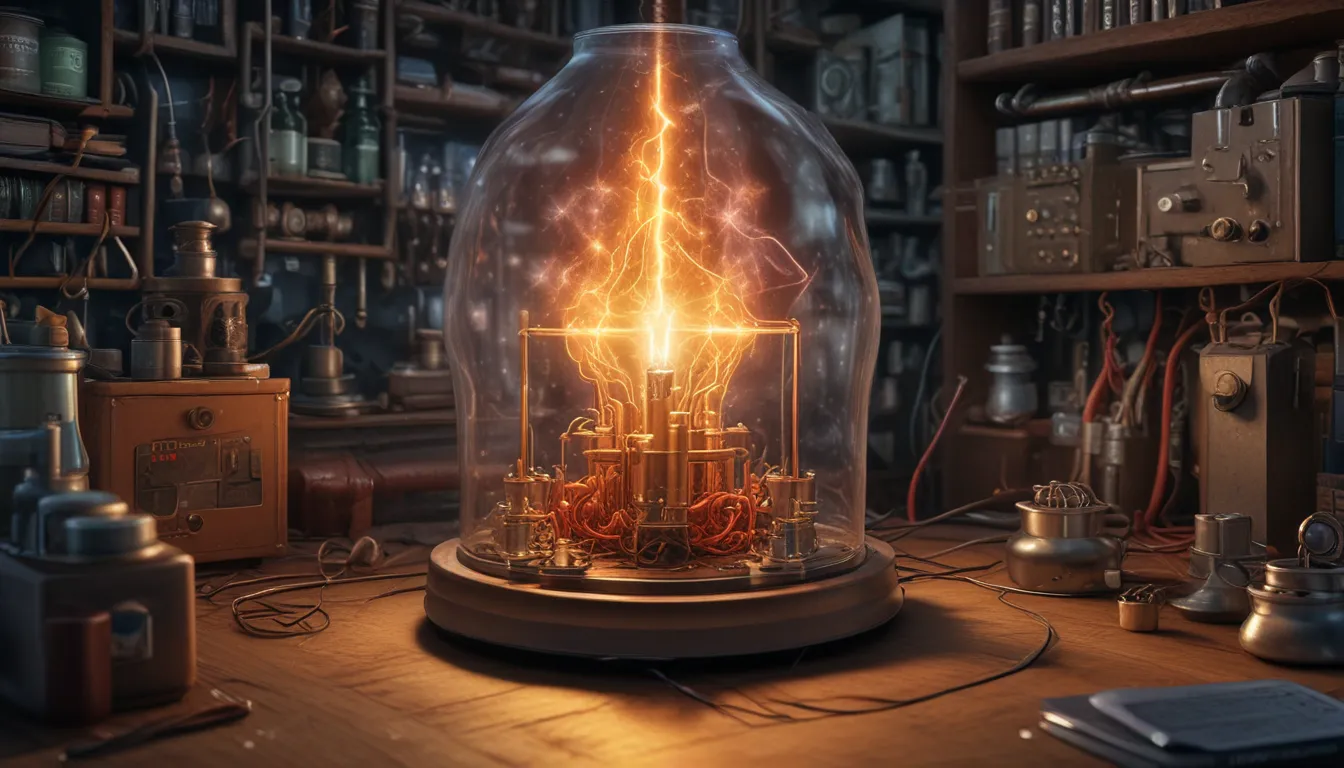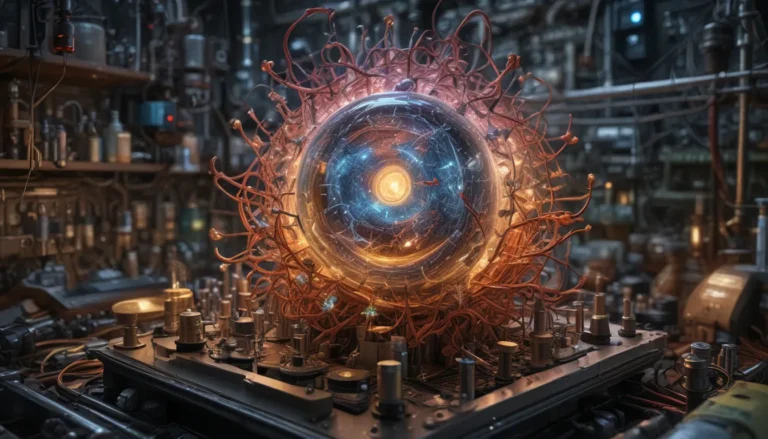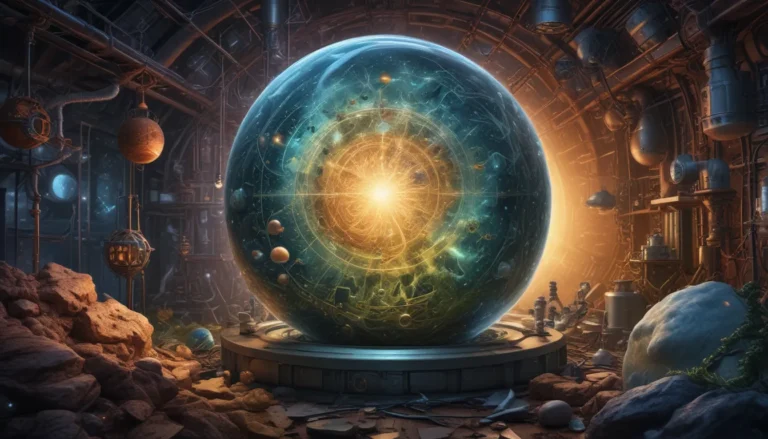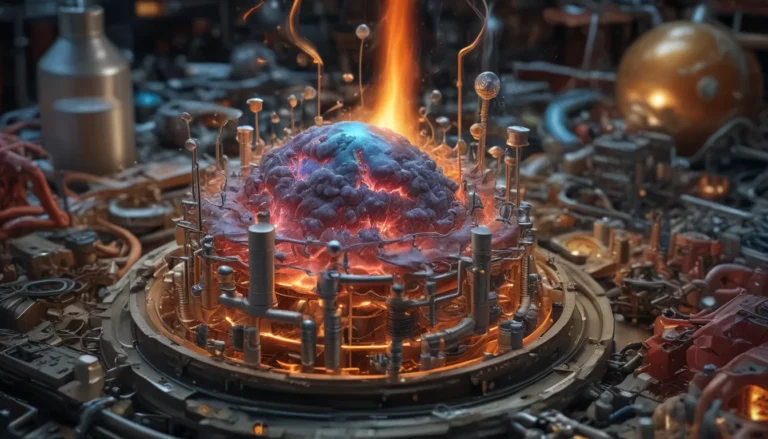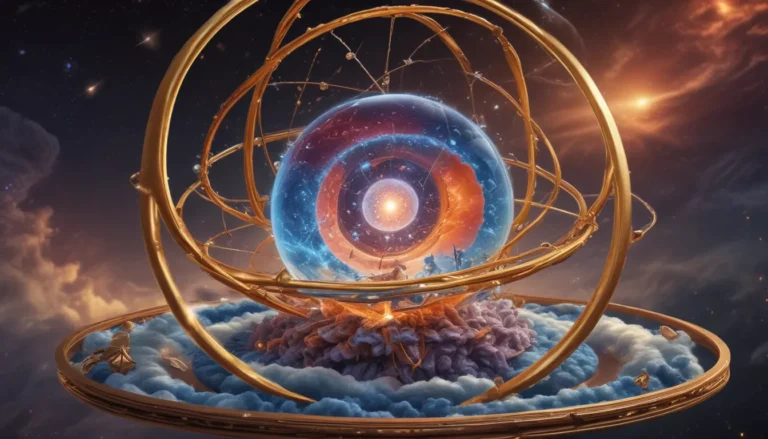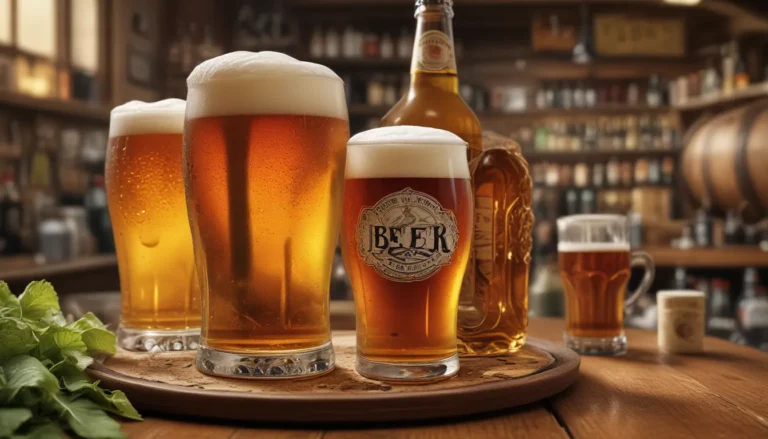A Note About Images: The images used in our articles are for illustration purposes only and may not exactly match the content. They are meant to engage readers, but the text should be relied upon for accurate information.
Welcome to the captivating world of Joule’s Law of Electrical Heating, a fundamental principle that sheds light on the intricate relationship between electrical energy and heat production. Named after the esteemed physicist James Joule, this law has revolutionized our understanding of electrical circuits and the conversion of energy.
Key Takeaways:
- Joule’s Law unravels the mystery behind how electricity transforms into heat, guiding engineers in designing efficient devices while promoting energy conservation.
- Understanding Joule’s Law is like deciphering a secret code that empowers scientists to make our world more sustainable by using electricity wisely and innovating new energy-saving solutions.
The Discovery and Essence of Joule’s Law
James Prescott Joule, a visionary British physicist, unveiled Joule’s Law in the 19th century, establishing a profound connection between electrical energy and heat. This law signifies that the heat generated in a conductor is directly proportional to the current squared multiplied by the resistance, illuminating the essence of electrical heating.
Unveiling the Relationship Between Heat and Electricity
According to Joule’s Law, as an electric current traverses a conductor, internal particle collisions within the material give rise to resistance and heat production. These collisions seamlessly convert the kinetic energy of particles into thermal energy, elevating the conductor’s temperature.
The Dissipation of Electrical Energy Unveiled
Joule’s Law not only elucidates the production of heat in electrical circuits but also accentuates the dissipation of electrical energy as heat due to the transformative process from electrical energy to thermal energy. It is imperative to mitigate this dissipation in devices to enhance energy efficiency and prevent overheating.
Understanding the Dependence on Resistance and Current
The crux of Joule’s Law lies in illustrating the correlation between heat generation, resistance, and current flow in a conductor. The law dictates that the heat produced is directly influenced by both the resistance of the conductor and the square of the current flowing through it, underpinning the foundation of efficient electrical systems.
Illuminating Applications in Electrical Devices
Joule’s Law serves as the cornerstone for numerous electrical devices, such as electric heaters, toasters, and hair dryers, where heat generation is pivotal for functionality. By utilizing this law, engineers can meticulously calculate power and resistance requirements to achieve desired heat outputs in these gadgets.
Pondering the Limitations of Joule’s Law
While Joule’s Law is instrumental in comprehending heating effects in electrical circuits, it simplistically assumes that all electrical energy is converted into heat. In reality, some energy may dissipate in alternative forms like electromagnetic radiation or mechanical work, challenging the law’s absolute applicability.
Joule Heating Unmasked in Conductors
Joule heating predominantly manifests in materials with low electrical resistance, such as metals, due to their propensity for significant heat generation when subjected to electric current. This fascinating phenomenon makes these materials optimal for heating applications.
Elevating the Heating Effect
To escalate the heating effect within a circuit, one can amplify either the current flow or the resistance. Augmenting the current flow facilitates more energy conversion into heat, while heightening the resistance prompts additional collisions and consequent heat production.
Embracing the Joule Effect
Referred to as the Joule effect or Joule heating, the process of heat generation through electrical current flow finds diverse industrial applications, encompassing resistance welding, metal melting, and annealing. These utilizations underscore the pivotal role of Joule’s Law in various industrial processes.
Joule Heating’s Impact on Electronics Unveiled
Within electronic devices, Joule heating poses a concern as excessive heat accumulation may impede component functionality or lead to damage. Employing efficient heat dissipation mechanisms like heat sinks and cooling fans is essential in mitigating the adverse effects of Joule heating and preserving device performance.
Delving into Conversion Efficiency Considerations
Joule’s Law assumes a central role in deciphering the efficiency of energy conversion in electrical circuits. The efficiency quotient hinges on the ratio of useful output energy (heat) to input electrical energy, influenced by variables such as resistance and current flow.
Unpacking the Relationship to Ohm’s Law
Joule’s Law shares a symbiotic relationship with Ohm’s Law, delineating that current flow in a conductor is directly proportional to the applied voltage and inversely proportional to resistance. Joule’s Law further expands on this tenet by accentuating the interplay between current, resistance, and heat generation.
Harmonizing Joule’s Law with Energy Conservation
Aligned with the principle of energy conservation, Joule’s Law underscores that energy is neither created nor destroyed but seamlessly transformed from one form to another. This precept underscores the seamless transition of electrical energy into thermal energy, extolling the conservation of energy doctrine.
Harnessing the Potential in Electric Power
Joule’s Law reverberates profoundly in electric power generation and distribution realms, delineating the heat yield in power transmission lines and ensuring efficacious energy transfer for a robust and secure electrical grid infrastructure.
Sustained Relevance in Electrical Engineering
Joule’s Law continues to serve as a cornerstone in the realm of electrical engineering, serving as the bedrock for myriad calculations and designs concerning heating effects in electrical circuits. From household appliances to the power sector, the principles enshrined in Joule’s Law consistently drive technological advancements.
Nurturing Energy Management Through Joule’s Law
The ramifications of Joule’s Law extend to energy management and conservation efforts, fostering optimized energy utilization through the discernment of the nexus between electrical energy and heat generation. This enlightenment paves the way for sustainable and efficient energy practices across diverse industries.
Embracing the Future of Joule’s Law
As technological strides and energy conservation imperatives evolve, Joule’s Law is poised to play an increasingly pivotal role in sculpting a sustainable energy landscape. Leveraging the profundity of electrical heating insights, scientists and engineers stand primed to innovate cutting-edge solutions for optimum energy utilization.
Unveiling the Enigmatic World of Joule’s Law
Joule’s Law of Electrical Heating stands as a testament to the intricate dance between electrical energy, heat generation, and energy conservation. Crafted by the visionary James Prescott Joule, this law has left an indelible mark on the realm of physics and electrical engineering, guiding us towards sustainable energy practices and innovative technological advancements.
FAQs: Questing into the Depths of Joule’s Law
- What epitomizes Joule’s Law of electrical heating?
Joule’s Law underscores that the heat produced in a conductor mirrors the square of the current flowing through it multiplied by the resistance.
- Why does Joule’s Law hold significance?
Joule’s Law serves as a beacon illuminating the relationship between electrical energy and heat generation, facilitating the design and optimization of electrical heating systems for enhanced efficiency.
- How permeate are the practical applications of Joule’s Law?
Joule’s Law finds versatile applications across electric heaters, stoves, incandescent light bulbs, and resistance welding, among others, underscoring its omnipresence in diverse domains.
- How does Joule’s Law intersect with power dissipation?
Joule’s Law interweaves with power dissipation by affirming that power dissipated in a resistor equates to the current squared multiplied by the resistance, epitomizing the energy conversion process.
- Can Joule’s Law be extrapolated to other energy forms?
While Joule’s Law is confined to electrical heating specifics, akin principles can be extrapolated to other energy forms like mechanical work and thermal energy, transcending its domain.
Pioneering Into the Vast Horizons of Electrical Engineering
Embark on a riveting voyage delving into the captivating terrain of Joule’s Law of Electrical Heating, where every discovery unfolds a new facet of energy dynamics and technological marvels. Navigate the labyrinthine world of electrical resistance and energy transfer prowess as you unravel the multifaceted tapestry of energy sciences, promising boundless insights for aspiring electrical engineers and voracious learners alike.
